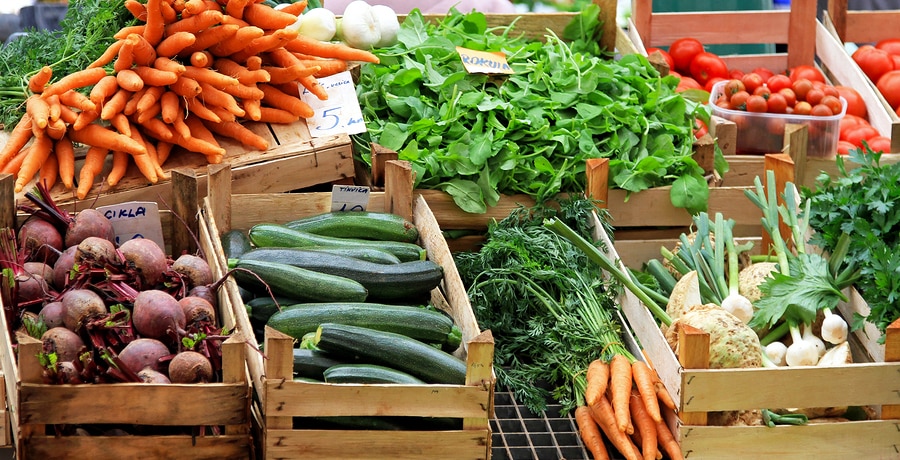Building solid, lasting connections with their local farmers market isn't just lip service or a catchy menu callout at Toronto's Hawthorne Food and Drink. The restaurant is also the enterprise arm of the Hospitality Workers Training Centre, an independent, nonprofit organization dedicated to training both new and veteran members of the restaurant industry. The food that chef Ricky Casipe prepares is what the restaurant calls "farm-to-fork city food," and is made using local, seasonal and sustainable ingredients that reflect the cultural diversity of Toronto. Working with farmers and other like-minded organizations helps define the work that Casipe does and the food his restaurant serves. Here's what he had to say about the importance of making connections and building relationships at your local farmers market.
Best Practices
Casipe says that building lasting relationships at the local farmers market "starts with finding the time to go to the farmers market yourself, regularly." He admits that it's tough for chefs to take time out of their hectic schedules to fit this in, but insists that it's the first step to building bonds with reputable farmers. He advises that if you can't go every day, then aim for at least a weekly trip in order to interact with farmers and other attendees.
Casipe says one approach that's worked for him in building these ties is using simple, common courtesies that most of us take for granted. "Knowing farmers on a first-name basis and asking about their families is important," he says. "It helps develop that relationship further." He explains that this is also key to understanding where your food comes from.
It's important to give farmers feedback about the produce you're buying from them and to share ideas about how you plan to use it, says Casipe. "This way they also become stakeholders in your restaurant," he says. "These kinds of relationships also help build your own network of suppliers, allowing you to become part of a larger community that really represents 'farm-to-fork.'"
Business Impact and the Bottom Line
Today's diner is more engaged and interested in knowing where his or her food comes from — in fact, Casipe's diners find it interesting and exciting. "Having strong ties with your local farmers market enables you to promote that as well," he says. "Our customers discover where the rhubarb in our rhubarb-ade is coming from only once we know and promote it as such." This gives Hawthorne the ability to design its market approach around the concept of community development, which gives the restaurant a unique selling proposition in a highly competitive industry.
It also helps guide the bottom line, which Casipe says is driven by consumer demand. After all, who doesn't love a good plate of meatballs and gravy featuring Ontario beef, butcher's stock velouté, whipped local potatoes, and a berry jam? It's one of the most playful dishes on the menu.
Building Other Partnerships
Aside from building relationships with farmers at the local market, Hawthorne seeks to build partnerships with like-minded organizations and groups that share its "farm-to-fork" philosophy. The idea is to partner with those who help strengthen their brand, while also supporting local farmers and standing for local, seasonal, and sustainable food. One of these partnerships includes Hawthorne's involvement as a designated restaurant with the Ontario Culinary Tourism Alliance's Feast ON program. The program audits the restaurant annually to ensure that a certain percentage of its ingredients come from Ontario-based farms, which is key to continuing the partnership.
The idea that a rising tide lifts all boats is one of Hawthorne Food and Drink's cornerstones. Partnering with local organizations and farmers helps to strengthen the eatery's brand and the philosophy behind it. That, says Casipe, is a win-win for everyone.
